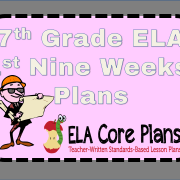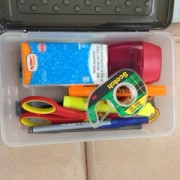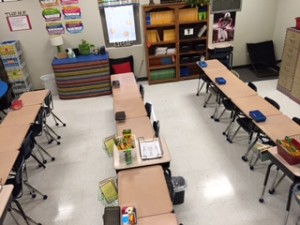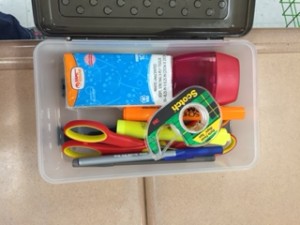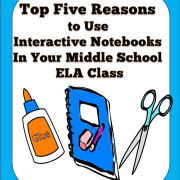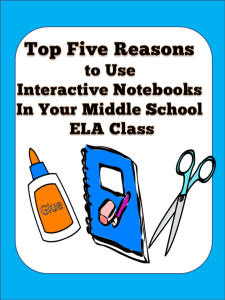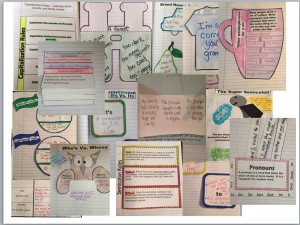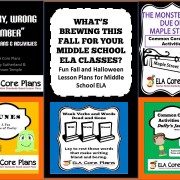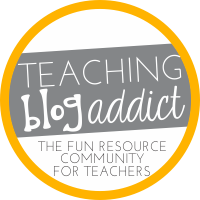7th Grade ELA 1st Nine Weeks Plans
7th Grade Lesson Plans for 1st nine weeks of school
Sometimes it helps to see just how other ELA teachers are fitting in everything that we have to teach. At our school, we have 60 minute classes. We would like to share with you our 7th grade ELA 1st nine weeks plans.
This is our basic plan for the first nine weeks of school.
- Every day – Daily Dose and Core CHOMP – These are our bellringers, and we cover tons of ELA standards each day with these two resources!
- Grammar Mini Lesson of the Week – starting with the parts of speech
Week 1
Back to school activities, interest inventory, go over rules and procedures, set up interactive notebook sections, set up daily work folders, explain Daily Dose and Core CHOMP procedures, poetry lesson – Autobiography in Five Short Chapters
Weeks 2-6
Novel study – The Man Who Loved Clowns by June Rae Wood
We use this novel as a whole-class study. Teacher reads aloud most chapters, students read in groups for readers’ theater for two chapters, and some chapters are assigned to be read independently.
Students love this novel, and they fall in LOVE with our class because of it! We laugh together, get mad together, and cry together all while reading the awesome and memorable story.
Here’s how a typical day looks in our class during the first nine weeks:
- Class enters the room and students begin working on Daily Dose and Core CHOMP.
- After approximately seven minutes, teacher goes over the word of the day, calls on students to correct the edit sentence, and calls on students for answers to Core CHOMP, using teachable moments as needed.
- Daily work is placed back in folders, and folders taken up.
- Now it’s time for Grammar work. If it is Monday, the mini-lesson will be distributed. Students will put it in their notebooks and highlight important parts of the lesson as the teacher explains it. Students will complete the practice questions as teacher walks around to monitor and assess. If it is Tuesday-Thursday, the lesson will be reviewed and practice will be provided. If it’s Friday, students will take the quiz.
- Next, with approximately thirty minutes left in class, it’s time to turn to our novel. We will read a chapter or two and complete an activity in which we will cover a literary term, respond to the literature, or analyze the author’s craft.
- Weekly Reading Homework – Each week, we assign a story out of the students’ Close Reader workbook. Students read the story independently and complete the questions throughout the story. On Fridays, we give a quiz on the story to make sure students actually did the reading. Students have the entire week to finish the reading assignment.
Weeks 7-9
Reading
- Read the play Sorry, Wrong Number by Lucille Fletcher. This play is in our Literature book which is Collections by Houghton Mifflin Harcourt. The play can also be found online. We begin this story by showing a power-point about the history of the telephone. This provides students with needed background information. We assign parts to students and let them read aloud. They LOVE this play! When we finish reading, students answer some open-ended response questions. Then, we show the movie. We ordered the movie from Amazon. There is a good bit added to the movie, so we provide note-taking handouts for students to use while watching. After watching the movie, we give a test comparing the play to the movie. Check out our resources for Sorry, Wrong Number.
Writing
- In the first nine weeks, we make sure that students can identify and explain subjects and verbs. In the writing section of notebook, students will glue or tape in handouts with lists of strong verbs. We have students practice changing sentences with helping verbs to sentences with action verbs, teaching students to “show” and not “tell” in their writing. We complete mini lessons on word choice and practice identifying good word choice in the literature we are reading.
- Begin to prepare for the “Dead Word Funeral” by having students complete obituary and eulogy for a verb or adjective that needs to be “laid to rest”. Each student has his/her own word. Sample words to bury: went, big, stuff, said
- Hold the Dead Word Funeral in which these words are laid to rest. This is an excellent way to reinforce lessons on word choice, and it’s a perfect activity for late October. After the funeral, we create a dead word bulletin board and put all of the words on the board. We tell students they may no longer use the words in their writing.
So this is a basic outline of our 7th grade ELA 1st nine weeks plans. In the second nine weeks, we begin writing strong verb paragraphs. To see our plans for the entire year, download this FREE glimpse into our seventh grade year. You’ll find lots of great printables that you can use today in your own classroom.

